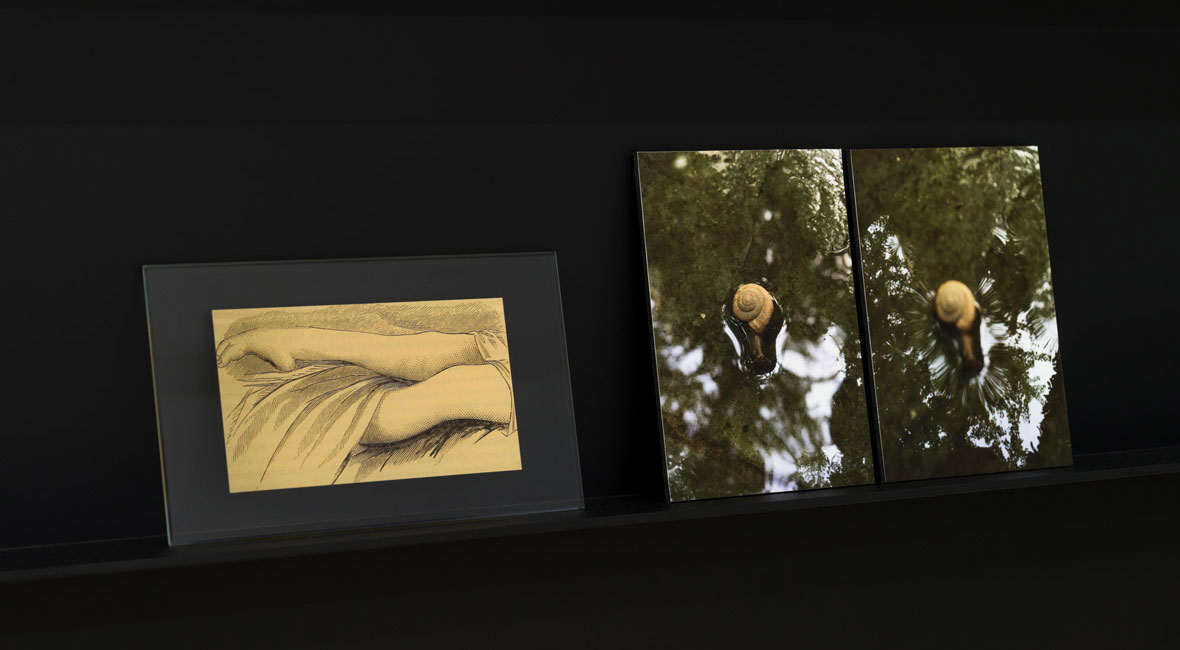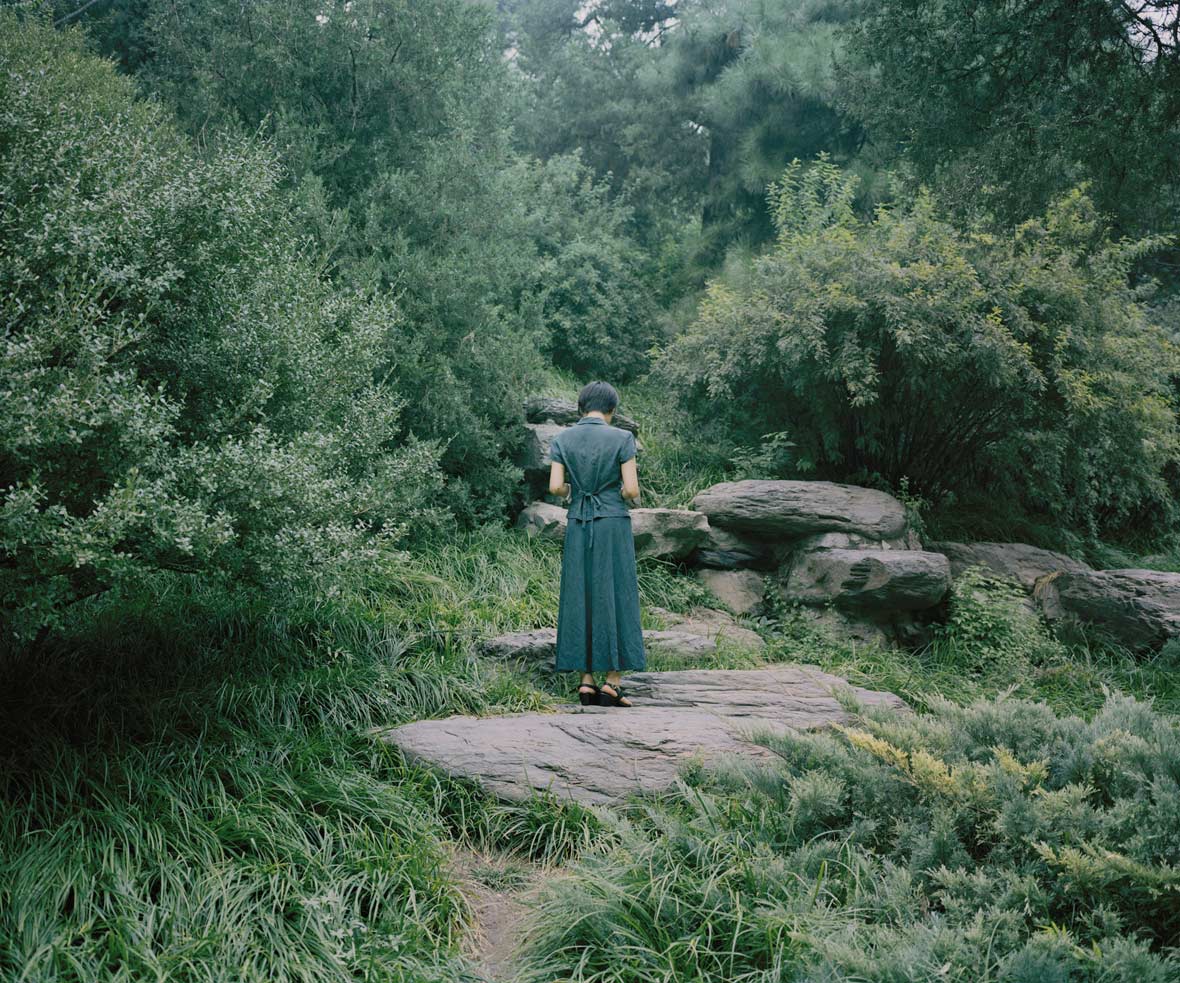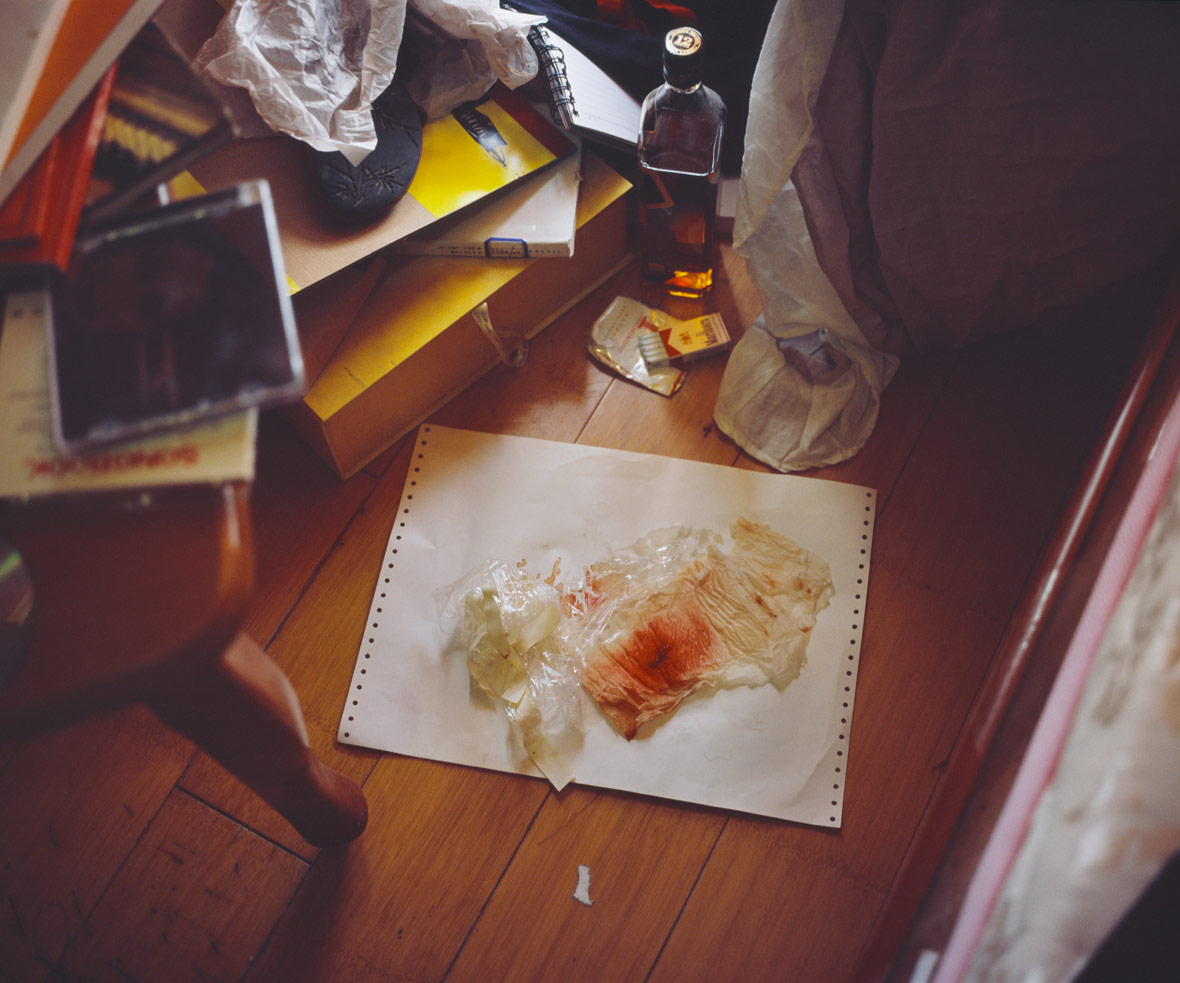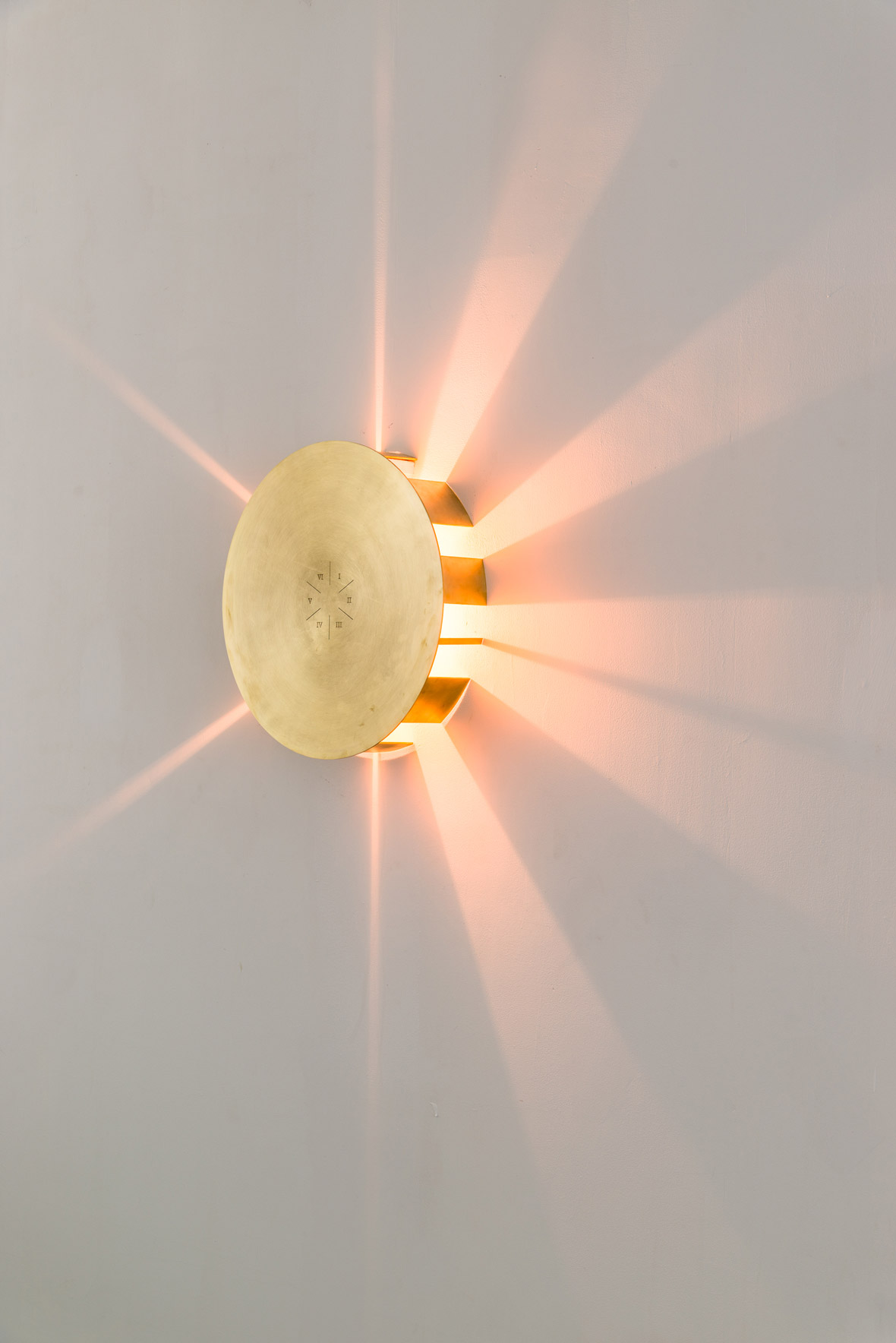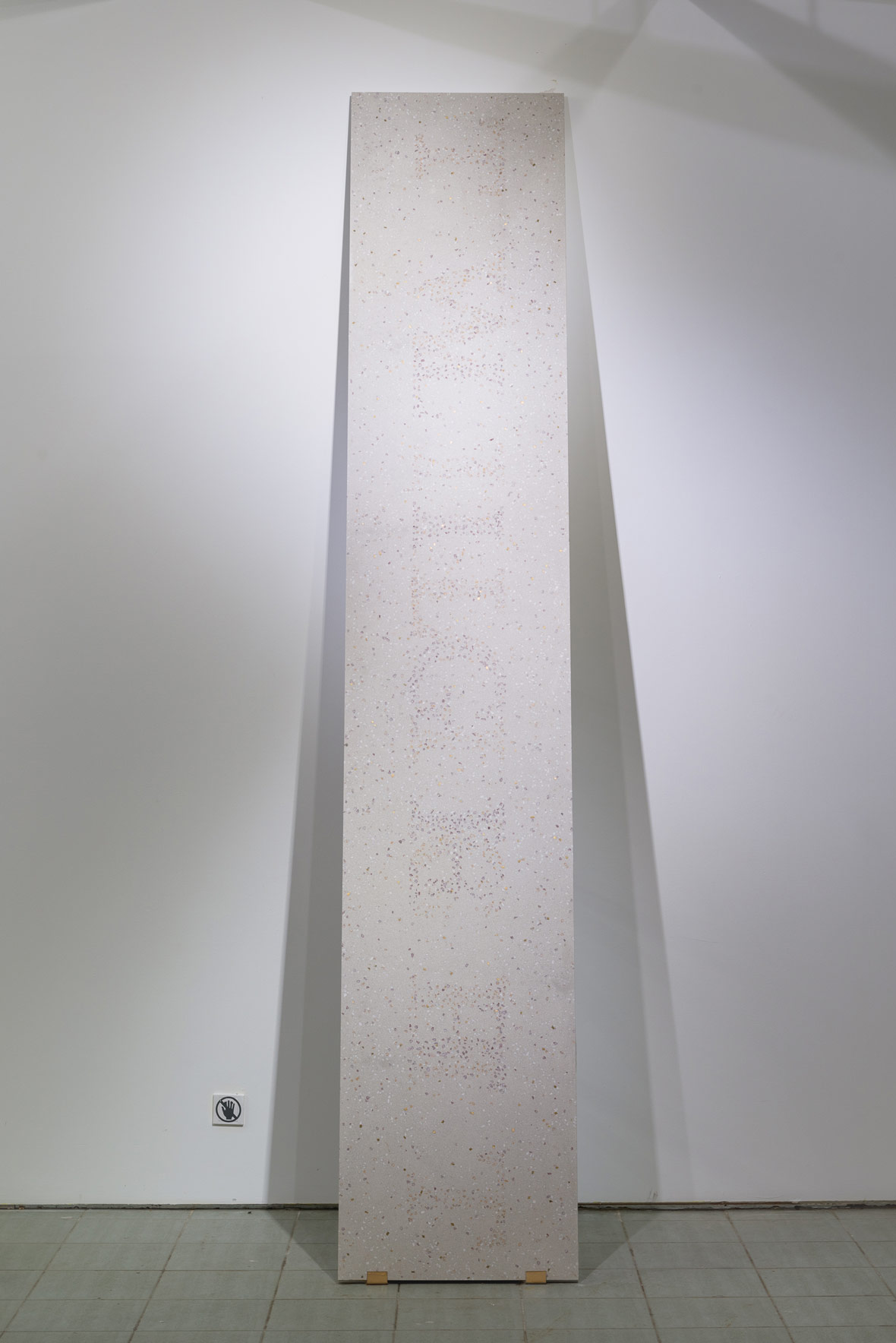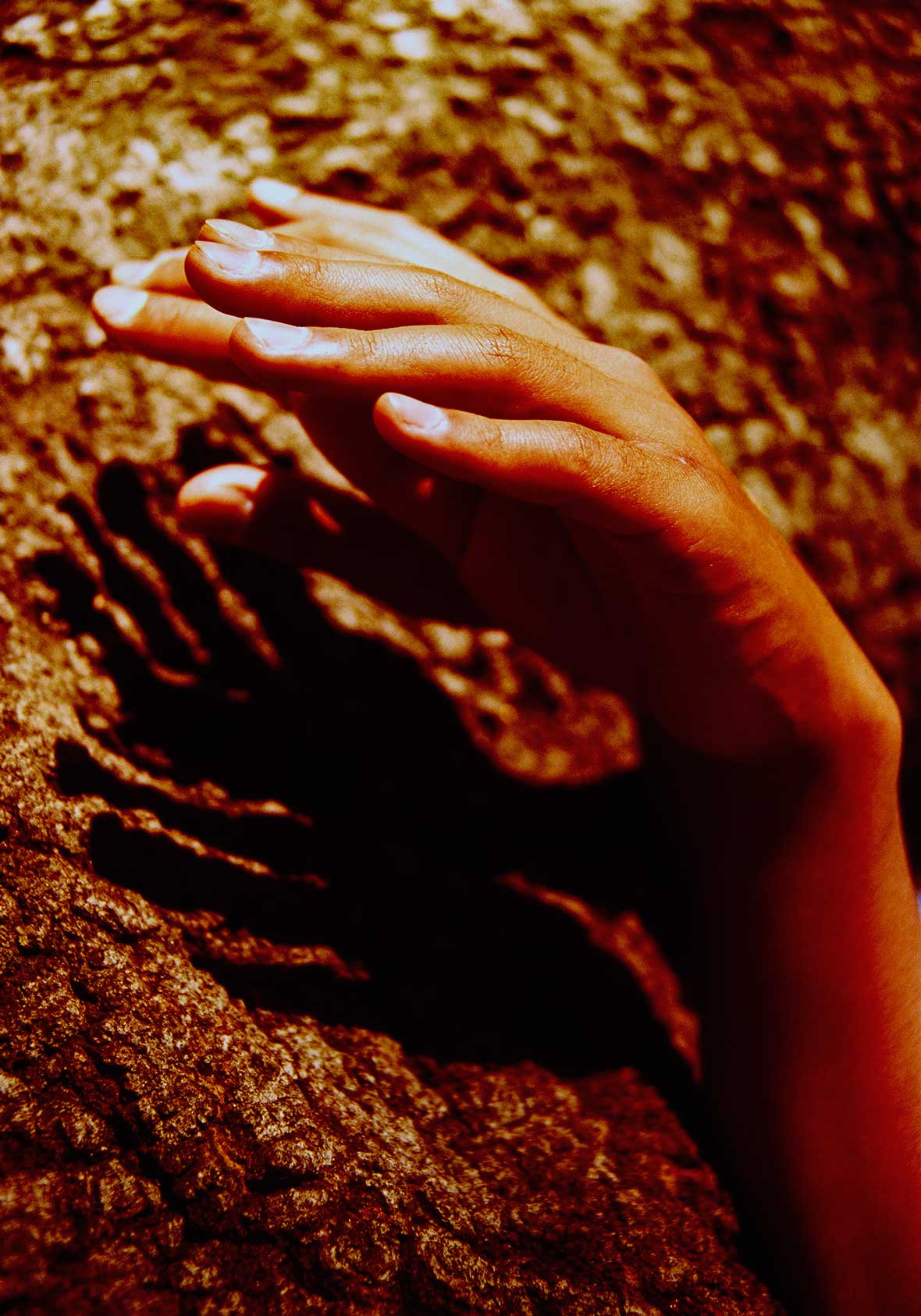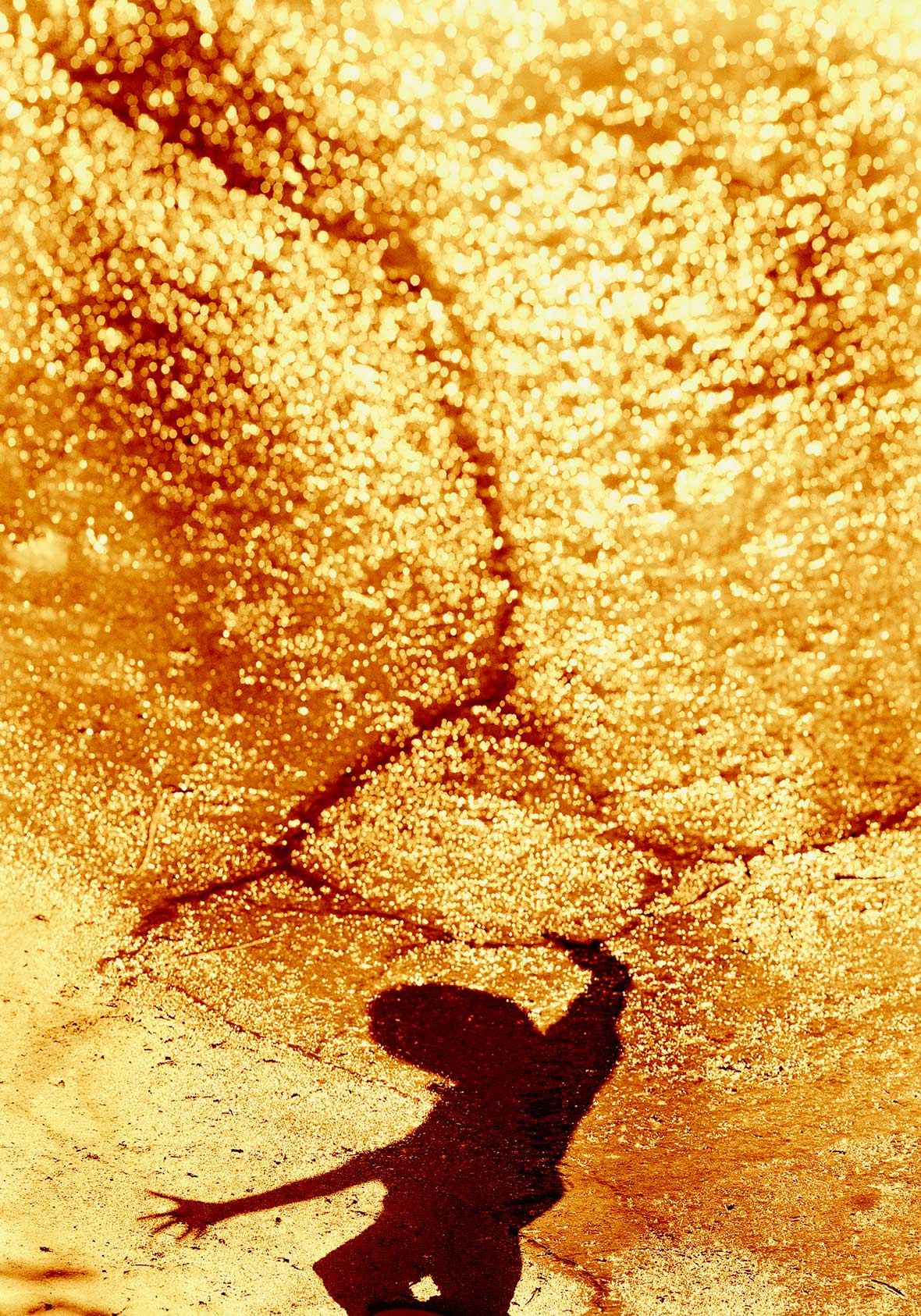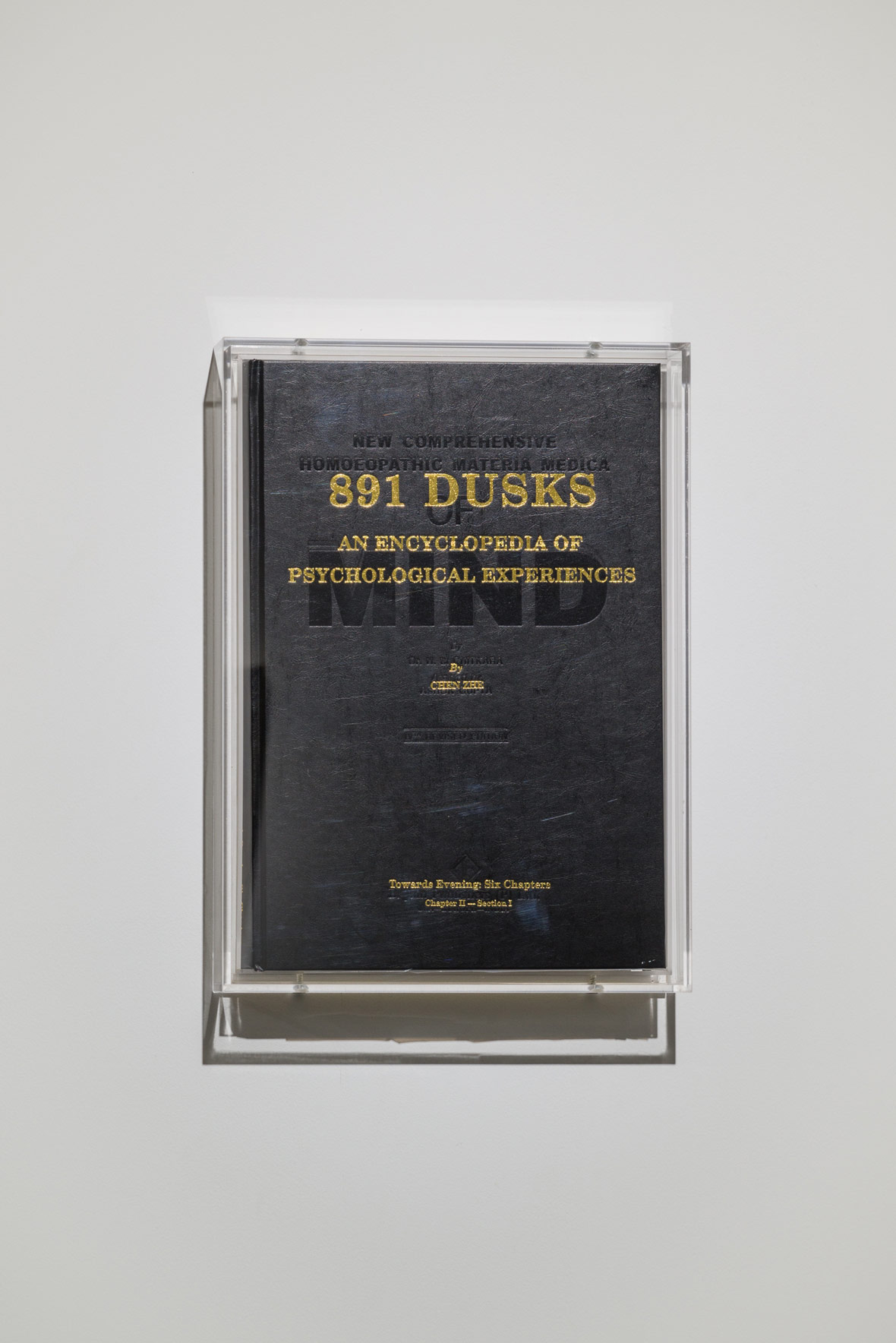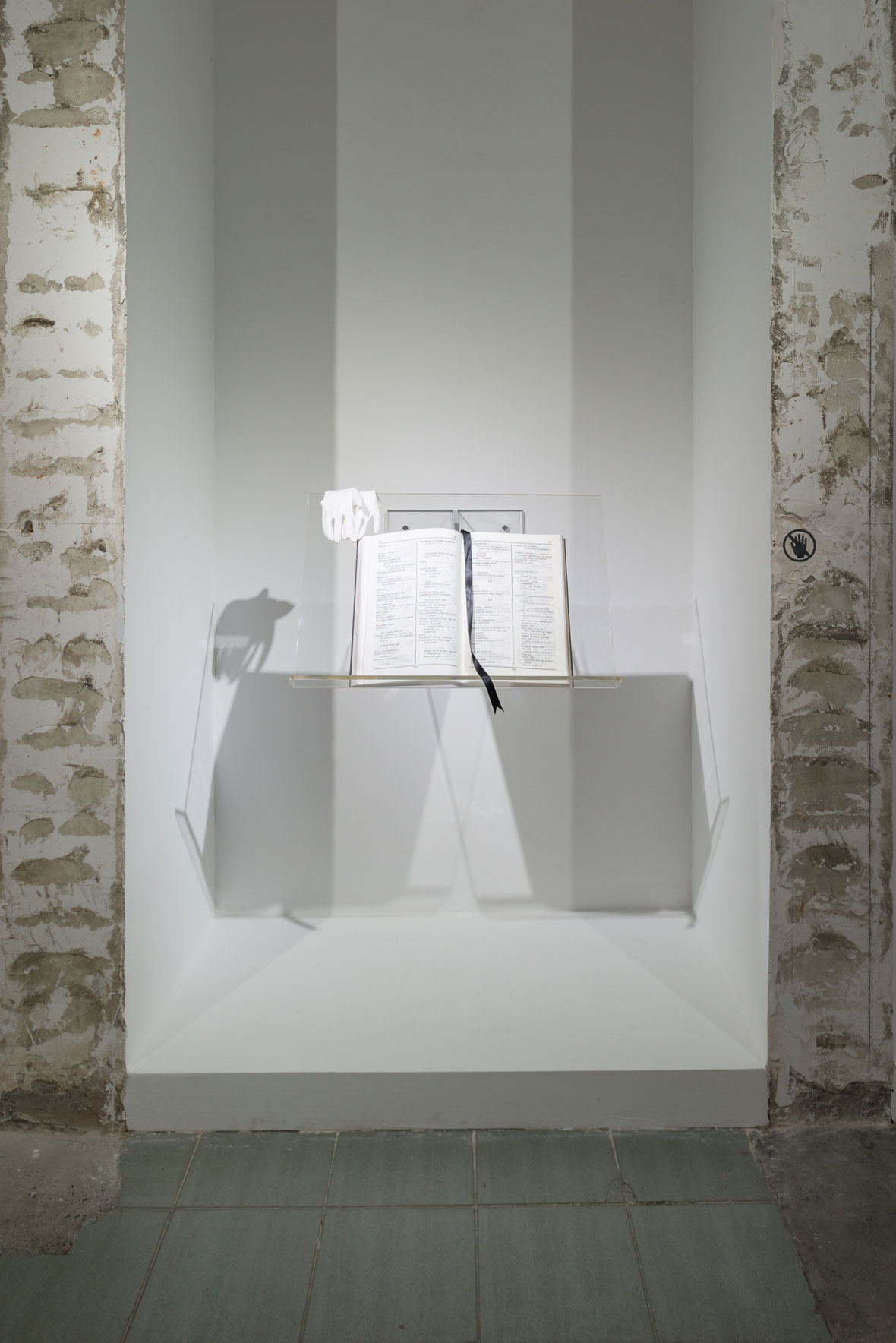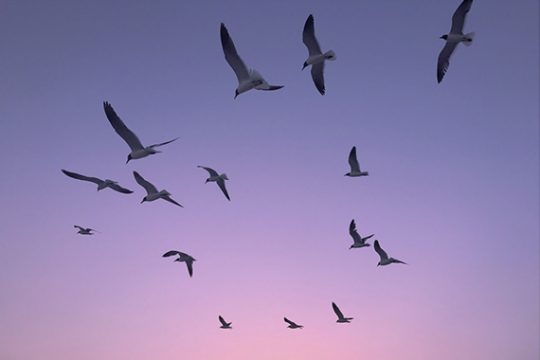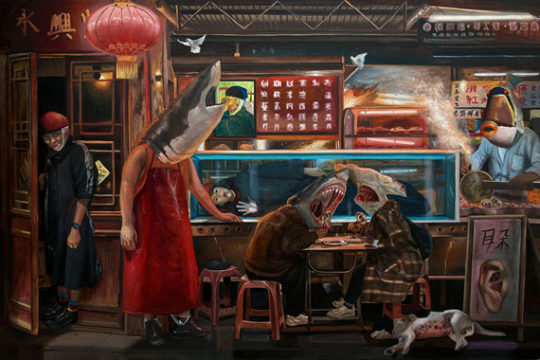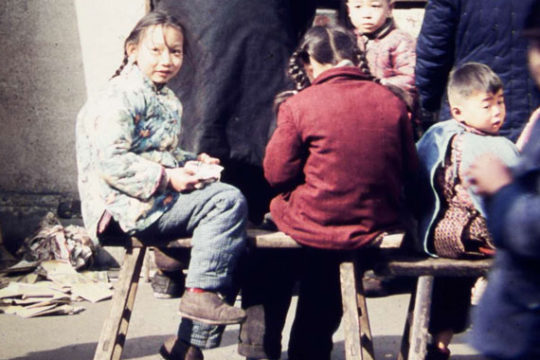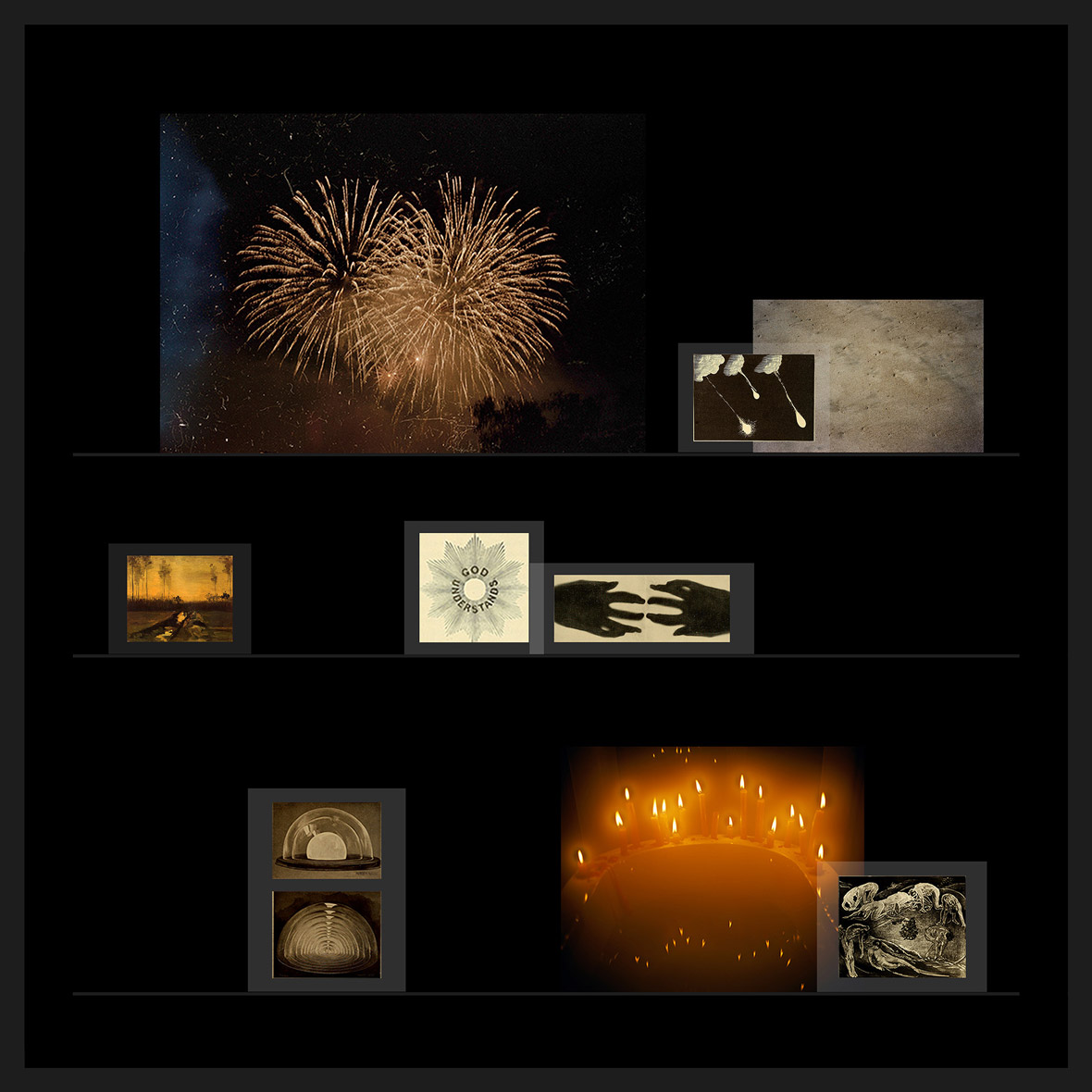
Towards Evening: Six Chapters is Beijing-based artist Chen Zhe’s exploration of a personal obsession: the sense of dread she experiences with the arrival of evening. Begun in 2012 and now perhaps only half-complete, the project has been continuously refined and expanded over the course of several exhibitions, most recently this spring at OCAT in Xi’an, and last fall at Bank Gallery in Shanghai. Chen’s patience is evident in each of the items that make up the show—photographs, texts, sculptures, and archival images—all clearly the product of long and careful meditation.
来自北京的艺术家陈哲自小就对黄昏怀有一种复杂的不安感受,而她的长期项目《向晚六章》正是她对这种不安感的深入探索。《向晚六章》始于 2012 年,项目的完成度迄今尚未过半,其内容仍在艺术家每次展览里持续完善和生长。陈哲最近的一次个展是春天在西安 OCAT,去年秋天还曾在上海 Bank Gallery 画廊展出。展出的媒介从照片、文字、雕塑到档案图像,每一件作品都体现出陈哲非凡的耐心,每一件作品也都显然经过持久与细致的思考。
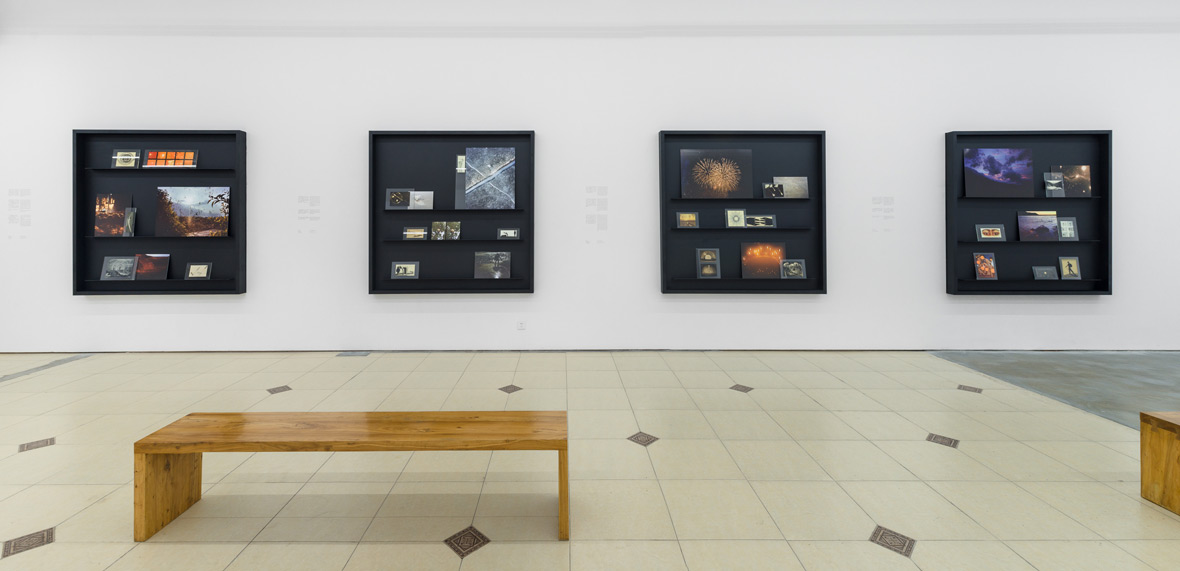
Chen’s first two projects, Bees and The Bearable, published together as a photobook in 2016 to critical acclaim, documented self-harm and psychological distress in unsparing detail. Towards Evenings is both more ambitious and more idiosyncratic, and it’s cementing Chen’s reputation as one of China’s major young artists.
2016 年,陈哲此前的两个主题相续的摄影系列《蜜蜂》和《可承受的》集结成书,并于出版后大获好评。此书呈现了陈哲对于不安的心灵、受伤的身体以及二者之间难以捉摸的关联的长期思考。相比之下,《向晚六章》的规模要更为宏大,主题也更具作者性。它的出现亦巩固了陈哲作为中国重要年轻艺术家之一的地位。
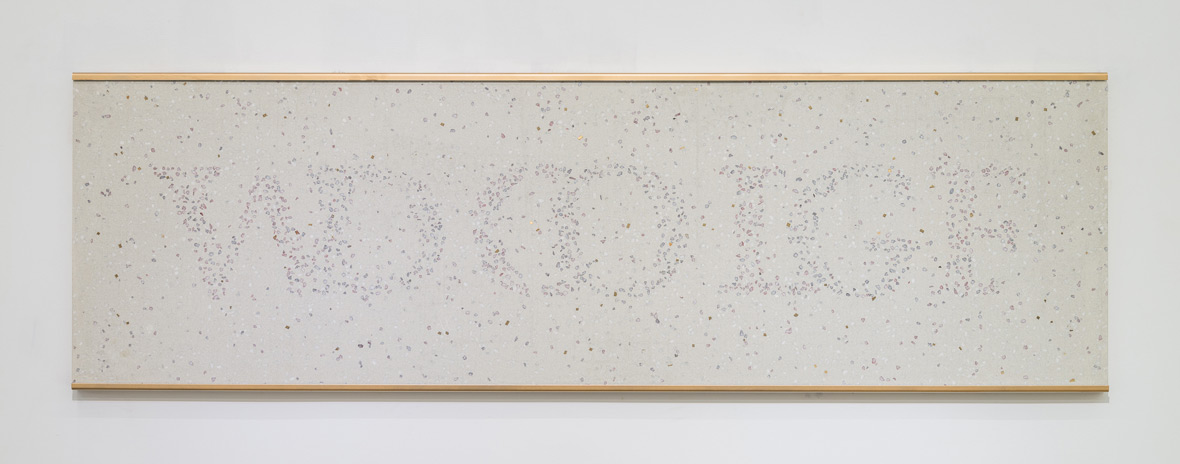
“I have always had symptoms of ‘evening uneasiness,’ and it’s not uncommon if you search for it online,” Chen explains. Finding no diagnosis or explanation for the condition, she eventually began to look for ways to make sense of it through her art. The ambiguity of twilight—the time the French call entre chien et loup, “between dog and wolf”—itself provided a clue. “How to ask an ambiguous question? Perhaps the way it’s asked must itself be ambiguous,” she says. “It can be neither too scientific nor too lyrical—it needs to be something in the middle.” Her answer is a series of images, texts, installations, and objects that evoke or reflect evening and its accompanying disquiet.
“我一直都有点儿‘向晚意不适’,事实上,如果你上网搜索,有类似感受的人并不少见。”陈哲如此说道。然而,一直以来,她始终未曾找到这种“意不适”的缘由,而这种求知的心最终引领她通过艺术创作来回应它。法语中的黄昏可以被写为 “entre chien et loup”,意为“介于狗与狼之间的时间”,表达在日暮时分人们难以辨别来客是狗是狼——原本清晰的界限变得模棱两可。“如何提出一个被认为是真假难辨的问题?或许需要这个提问的方式本身难辨真假。”陈哲说道,“它不能太科学,也不能太抒情。它需要界乎于这两者之间。”而陈哲也正是在她创作的影像、文本、装置和物件中,召唤并回应了黄昏带来的不安。
It’s tempting to view “evening uneasiness” as a metaphor for a fear of mortality, or the anxiety that can accompany any sort of ending. But Chen’s work avoids easy symbols, and instead relies on a series of indeterminate juxtapositions. This is the case of the “sun clock” that hangs at the opening of the show and charts the project’s progress: as each chapter is completed, another section of the clock lights up. A shining sun is a curious reversal for a show about nightfall. Does it suggest that the completed project will banish evening’s anxieties, or that darkness itself is a form of illumination?
人们很容易将“向晚意不适”解释为对于死亡的恐惧,或是伴随任何形式的结束而来的一种焦虑。但陈哲的作品避免了这些显而易见的象征,转而依赖于一系列模棱两可的对比。譬如在个展入口墙上悬挂着的《向晚时计》。这一时钟样貌的圆盘标记了整个项目的进度:每完成一个小节,相对应的光柱就会亮起;项目结束之时,它则会化身为一个完整的太阳。燃烧的太阳与这场关于日暮的展览形成了奇妙的对比。它是否在说,项目的完结将会消除艺术家对于黄昏的焦虑?还是说,黑暗本质上是另一种形式的光明?
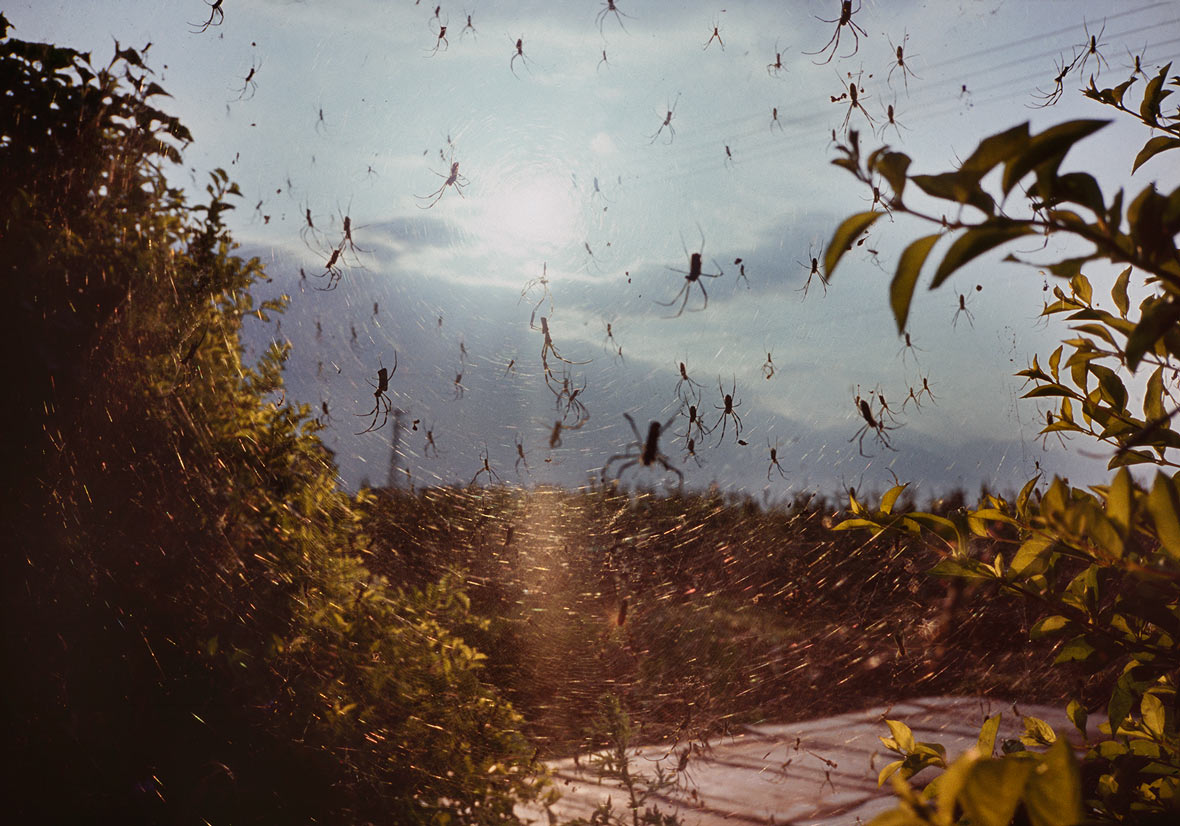
One of the most unsettling pieces in the show is a photograph of a spiderweb silhouetted against the afternoon sun, covered in several dozen spiders. The spiders arouse feelings of revulsion or danger, in stark contrast to the carefree summer day that the rest of the photograph conveys. Yet they are also, in their eerie way, beautiful. The photo thus creates a sort of double juxtaposition: on one hand, the beauty of the sunlight against the dread evoked by the spiders; on the other, the dread evoked by the spiders against the beauty they also possess.
展览中最令人不安的作品之一,是一张为暮光所映衬的蜘蛛网的照片,上百只蜘蛛密密麻麻地挂满了整张蛛网。蜘蛛往往令人反感或惧怕,但诡秘的是,同照片里的其他部分传达的无忧无虑的夏日景象形成鲜明对比,这里的蜘蛛同时具有着一种离奇的美感。这张照片因此创造了双重的对比:一方面是夏日阳光之美感对比了蜘蛛予人之恐惧感;另一方面则是蜘蛛予人之恐惧感与它们自身无法被忽视的美感。
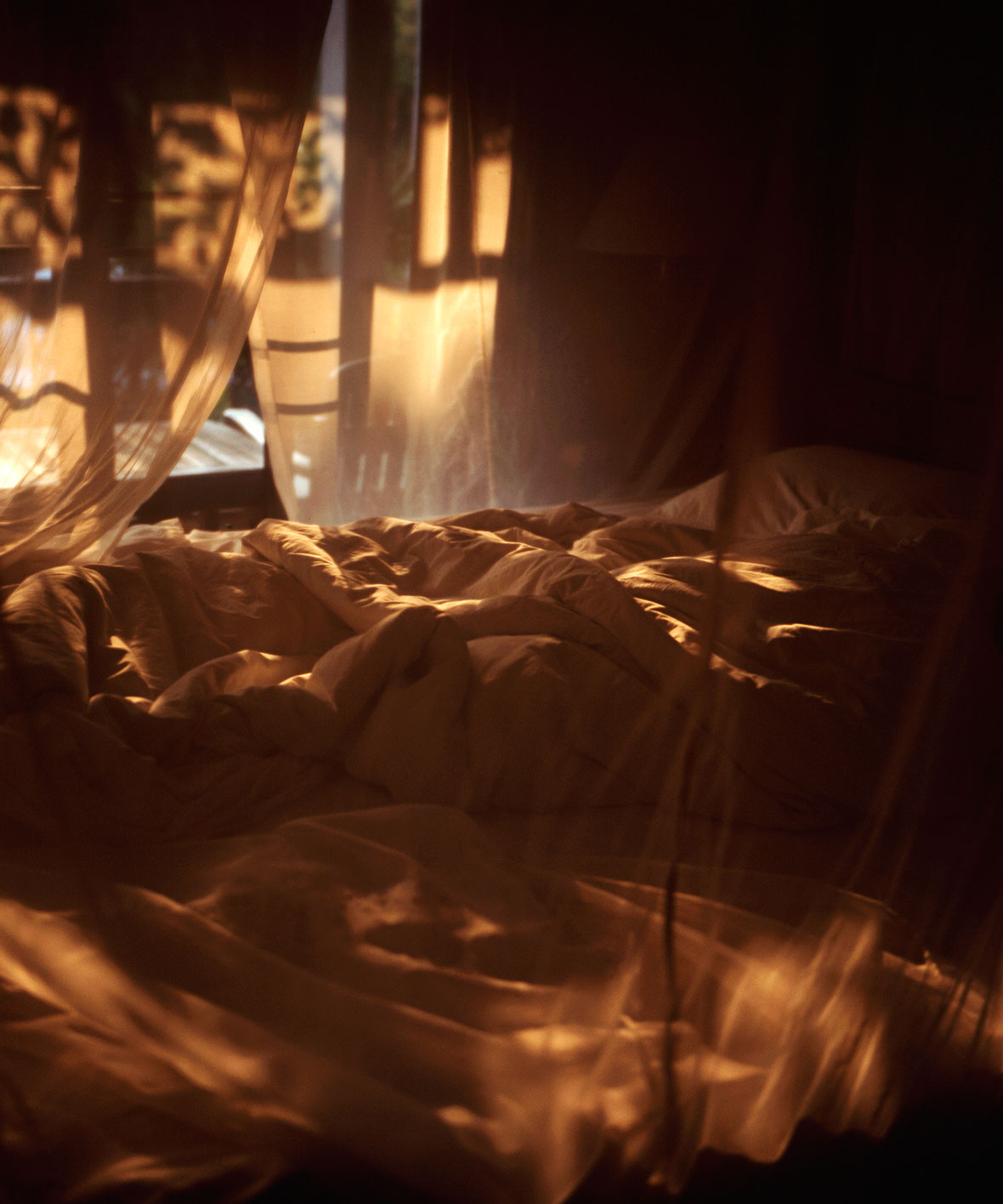
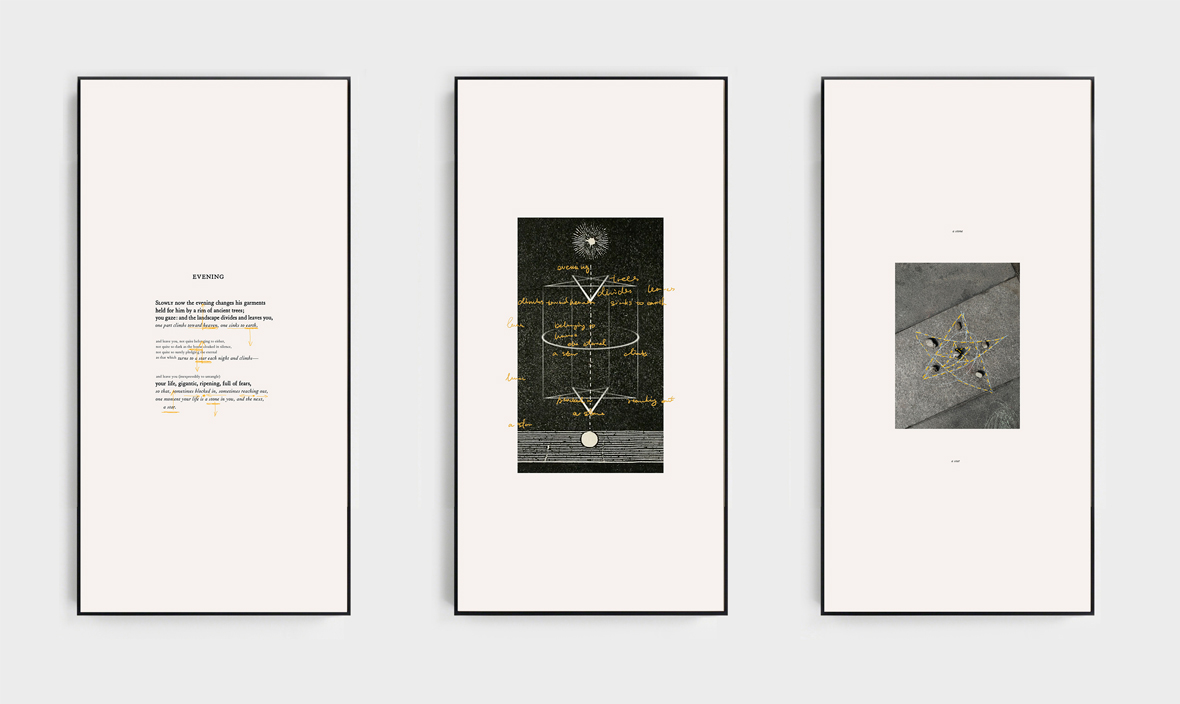
A different kind of juxtaposition appears in a triptych titled “A Study of a Poem by Rainer Maria Rilke.” The piece combines text—a blending of different English translations of Rilke’s poem “Evening” (“Abend”)—with drawing and photography. It invites the viewer to see parallels across media, to view the text as an image or read the image as a literary text.
作品《理解一首里尔克的诗》则呈现了不同类型的对比。这组作品以三联的形式依次对里尔克的诗作《黄昏》(《Abend》)进行了剖析:对不同英译版的拼贴组合、诗中关键词与插图的叠加、奇遇的照片。在看和读中激发观众去思考不同媒介的相似之处;尝试将文本视作图像,同时将图像当作文本来解读。
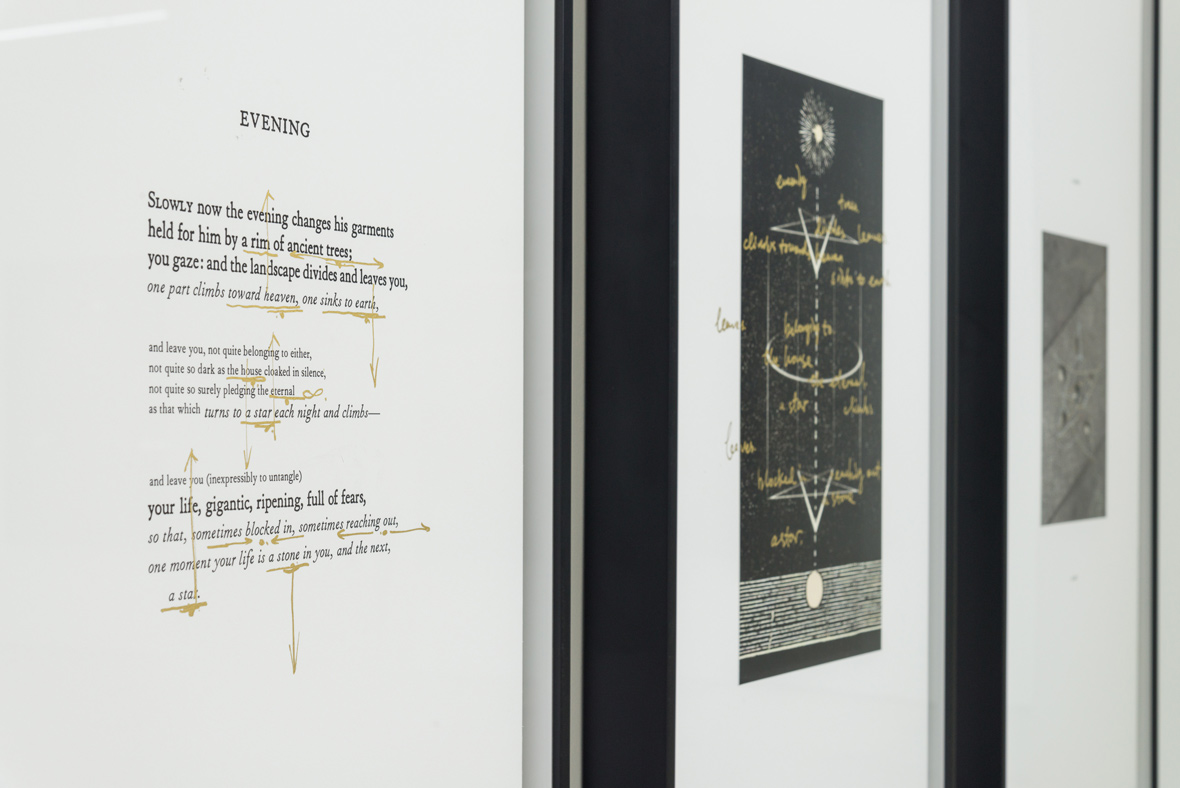
Even beyond the poem by Rilke, Towards Evenings is a distinctly literary project. It includes long passages from E. M. Cioran and Claude Lévi-Strauss, as well as a series of photographs based on Kobo Abe’s “The Red Cocoon.” The project’s title is itself a reference to two separate poems: Austrian expressionist Georg Trakl’s “Toward Evening My Heart” (“Zu Abend mein Herz”) and Tang dynasty poet Li Shangyin’s “Leyou Plateau” (乐游原), which begins “Towards Evening My Mind Is Not at Ease.” “Visual expression and literary expression are both a sort of translation of reality and experience. But in every translation there’s a loss,” says Chen. “When making art, what I think about most, when faced with a sort of twilight reality or twilight perception, is what mode of expression can minimize this loss, while preserving, to the extent possible, the elusive quality of the subject itself.”
《向晚六章》毫无疑问是一个极富文学性的项目。除了德语诗人里尔克(Rilke)的诗歌之外,陈哲还引用了包括罗马尼亚哲学家萧沆(E. M. Cioran)、法国人类学家列维-斯特劳斯(Claude Lévi-Strauss)等人著作中段落,并创作了一组以日本小说家安部公房的短篇小说《赤之茧》为原型的摄影作品。事实上,《向晚六章》这一标题本身就来源于两首诗,分别是奥地利表现主义诗人特拉克尔(Georg Trakl)的《Zu Abend mein Herz》(《向晚,我的心》)和唐朝诗人李商隐《乐游原》中的诗句“向晚意不适”。陈哲解释道:“视觉表达和文学表达都是现实和经验的一种翻译。但凡是翻译,就会有耗损。我在创作时最常考虑的是,在面对一种黄昏的现实,或者说一种对于黄昏的感知时,如何表达才能最大程度地降低这种耗损,同时又尽可能地保留言说对象自身的暧昧特质。”
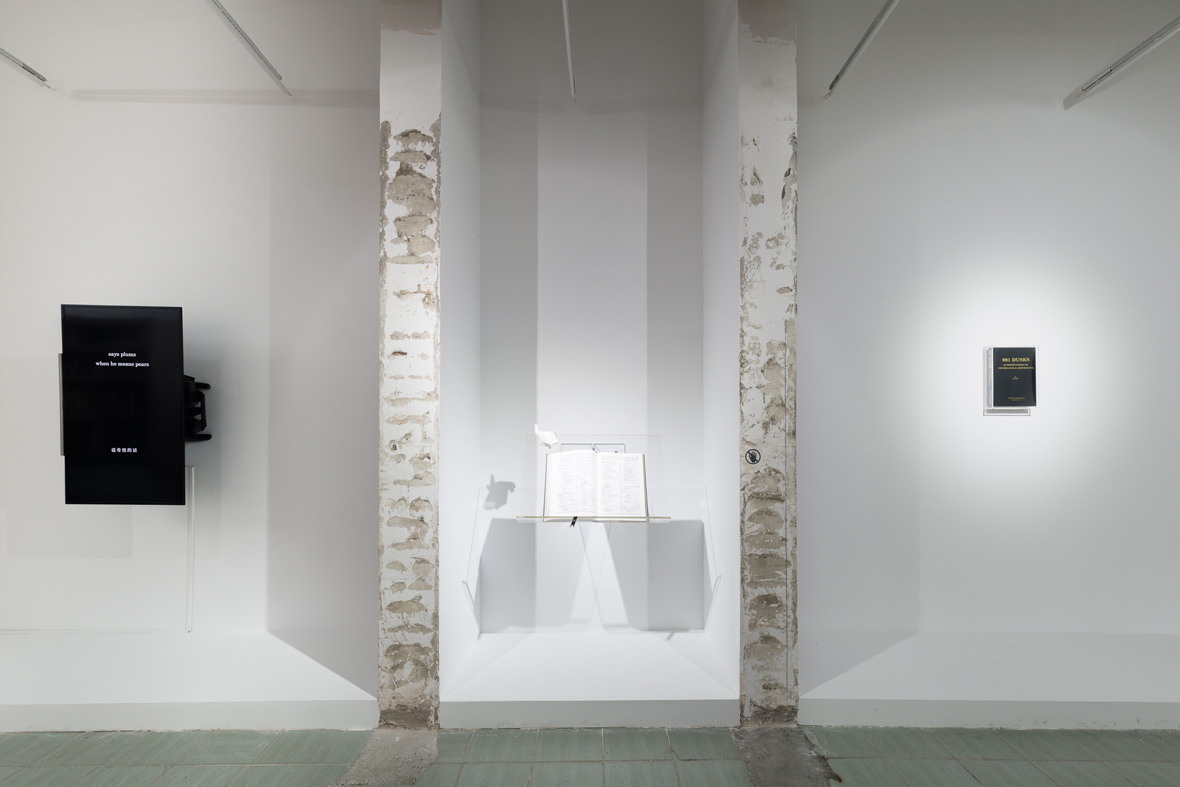
One of the strangest and most intriguing pieces is a large leather-bound book titled 891 Dusks: An Encyclopedia of Psychological Experiences. It contains, in index-like fashion, a mysterious list of symptoms. An entry for “delirium” is typical. Under the heading, we read:
Delirium
night
bed and escapes, springs up suddenly from
business, talks of
busy
loquacious
mild
murmuring
muttering
himself, to
persecution in d., delusions of
quiet
sepsis, from
sleep, falling asleep, on
sleeplessness, and
trembling, with
The awkward entries, with the pseudo-exactness of their organization, read like an avant-garde poem. Chen took the text from the New Comprehensive Homeopathic Materia Medica of Mind, a compendium of symptoms that various homeopathic remedies are intended to treat. “I scanned every page of the book, erased the parts that were not quite relevant, and changed the names of the 891 types of herbs to the experience of encountering dusk in 891 times,” she explains. She also redesigned the book to give it an almost biblical look. “If you look carefully, you can see the original title embossed on the cover, while the new title is printed in gold ink.” In an accompanying video, voices read selected entries aloud in English and Chinese.
展览中最为独特且令人着迷的作品之一,是一本名为《关于891次黄昏心灵活动的百科全书》的精装皮面书。它以类似索引的方式,列出一个症状清单。譬如在“狂乱(Delirium)”这个词条下,我们可以读到:
狂乱
夜晚
床上跳起并逃跑,突然从
讨论工作
忙碌
喋喋不休
温和的
诉怨
自言自语
迫害,妄想被
安静
败血,来自
睡眠,入睡,当
失眠,和
颤抖,伴随
看似古怪的文字,加之貌似严谨的格式排版,让这段话读起来就像是一首先锋派诗歌。这件以书为载体的作品来自于陈哲对于出版物《全新心灵顺势疗剂药典》(《New Comprehensive Homeopathic Materia Medica of Mind》)的篡改。她谈道:“我逐页扫描了整本书,删除掉那些与‘黄昏不适’不太相关的部分,并将其中891种草药的名字替换为891次,以对应日日回访的黄昏体验。” 此外,陈哲还重新设计了书的封面,让它看上去像是《圣经》般的经典著作。 “如果你贴近看,你仍然可以在封面上找到原始的标题——那些只被印凹的黑色部分,而新被赋予的标题则额外多了一层金色墨水。”部分节选的词条在同这本书配套展出的视频中还会由艺术家以中英双语朗诵出来。
Towards Evenings began an as attempt to shed light, if only obliquely, on a peculiar dread of the coming of night. Neither clinical nor cathartic, the project does not explain or dispel that dread. But it does perhaps offer a brief sort of clarity, a fleeting revelation of the hidden ties between sensations, images, objects, and words. “For me, making art means solving one riddle while posing another, answering one question while asking another,” concludes Chen. “The riddles and questions vary with the circumstances of each artist, but the experience of grappling with them remains, and becomes a source of insight.”
《向晚六章》的创作初衷是陈哲对于“向晚意不适”的求解,而落实在每一件作品上,它们既没有冷冰冰地分析这种不适,也没有以宣泄的方式来试图消除它。然而,它确实为观者提供了一刻短暂的清醒,一场对知觉、图像、物体和文字之间的隐蔽关系的短暂揭示。“对我来说,创作就是在解开谜的时候制造新的谜,在理解问题的时候提出新的问题。谜和问题会根据创作者的境遇更迭,而与它们相处的经验,最终都会变成锦囊,留在创作者身上。”
